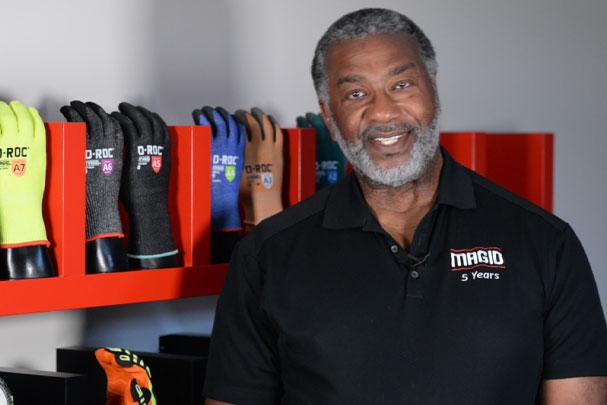
Important Winter Safety Tips for Workers
Your everyday safety concerns are a full-time job, but you can always count on Mother Nature to provide extreme temperatures and slippery, wet conditions to give you more to think about — particularly in the winter months.
Cold Weather Hazards
Bureau of Labor Statistics reported that 42,480 work injuries or illnesses involved ice, sleet, or snow. Colder temperatures bring extra hazards in the form of:
- Slips, Trips, and Falls
- Extreme Temperatures
- Lacerations and Electrocutions
![]()
Preventing Slips, Trips, & Falls in Winter
82% of those 2014 accidents were attributed to falls on the same level. That’s no surprise as slick precipitation makes both indoor and outdoor surfaces treacherous. Beyond the obvious salting sidewalks and clearing snow, be sure you’ve added these steps to your seasonal safety list:
- Refresh your slip, trip, and fall as well as cold weather safety trainings before the cold weather hits and point out places that snow and ice will make these accidents more likely.
- Have workers rotate snow removal shifts to avoid muscle strains, frostbite, or overexertion.
- Send company-wide emails and include a weather check in your daily toolbox talk on slippery days.
- Be sure to teach your workers to walk like a penguin over snow and ice!
Tip 1 Walk Like a Penguin

Tip 2 Wear the Right Clothing to Prevent Frostbite
& Hypothermia in Winter
Winter jobs need outdoor gear that will let your workers move while keeping them warm and dry. Be sure they use a base clothing layer that’s made of moisture-wicking material. These special fabrics move moisture to the clothing’s surface and away from the wearer’s skin, so they don’t end up shivering with a damp t-shirt under their safety gear.
And just as proper layering keeps workers dry on the inside, wearing water-repellent outerwear will keep them dry on the outside. If a worker does get wet, make sure they remove wet clothing as soon as possible and move to a warm environment.
Tip 3 Avoid Equipment & Electricity Hazards
in Winter Conditions
Cold, wet weather paired with electricity can make incidents more likely and more deadly. Using snow blowers and plows mean workers should add lacerations and electrocutions to their safety checklist. And of course, it’s always important to remind them to take more care when driving on slick surfaces.
For other jobs that require exposure to electricity, remind workers who are layering up for the cold that nylon or polyester base layer t-shirts are not safe for electrical work. Even when worn under arc-flash-rated gear, synthetic fabrics can melt to the worker’s skin in an arc-flash incident, which can cause life-threatening burns. Layered clothing for electrical work must include an arc-rated base whenever appropriate.

Keep the Win in Winter
Seasonal hazards are never welcome, but the news doesn’t have to be all bad. With a little planning and some timely reminders, the changes winter brings can be an opportunity to break workers out of the usual routine, slow down, and make sure they’re keeping their mind on task.
Get free resources to keep your workers safer this season:
KEEP THEM WARM GIVE ME VIDEOS







